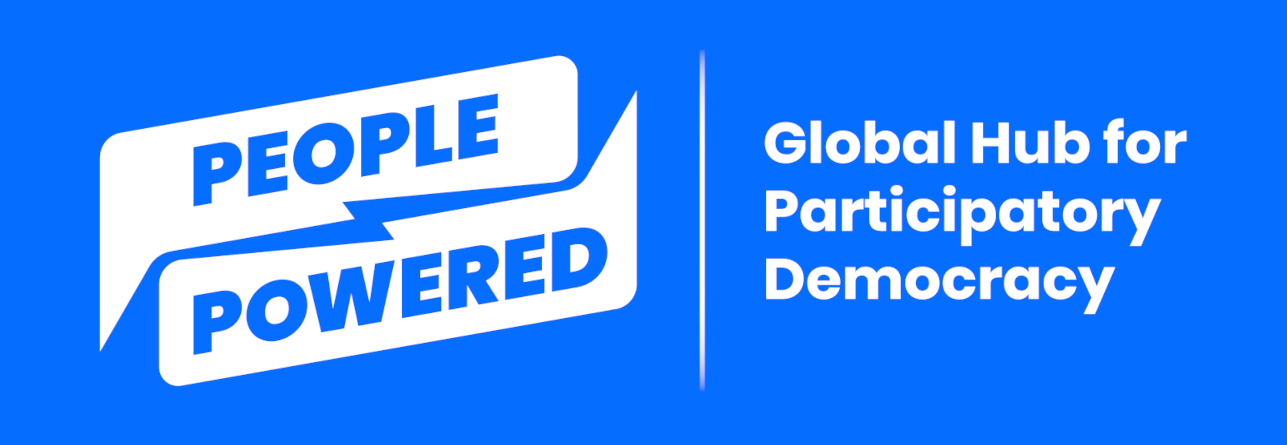What can digital participation platforms do?
/What can digital participation platforms do?
So, what can we actually do with digital participation platforms? Platform developers have digitized existing analog methods, like public consultations and surveys. Voting is possible on extensive sets of opinion statements, allowing participants to express their values and researchers to produce nuanced maps of community sentiment.
Screenshots of how the Pol.is platform is used in the vTawian process to facilitate voting and mapping of consensus among stakeholders. Image credit: Audrey Tang.
Many platform developers combine an assortment of tools into a product suite. Think of it like a “productivity package” that includes word processing, spreadsheets, and presentation software. With a suite, a host can offer a single service that enables many kinds of participation. In contrast, modular product suites allow you to use only the feature you need at a given time.
There are many digital participation methods. For this guide, we’ve organized them by the degree of engagement they enable. To do this, we adapted the Spectrum of Public Participation developed by the International Association for Public Participation. The IAP2 developed this scale to help evaluate public participation programs. The organization worked to ensure that the scale's underlying values span national, cultural, and religious identities.
In order of least to most people power, platforms can be used to inform, consult, invite oversight from, co-create with, and empower participants. These degrees of participation aren't linear or mutually exclusive. A platform might facilitate consultation and co-creation but not accountability, for example.
Many digital participation platforms are designed to facilitate as institutions provide information and gather feedback from participants. Few digital participation platforms truly empower people. To realize the benefits of participatory power, don't limit your platform's focus to civil affairs, like reporting potholes. Let people make meaningful decisions.
Below are some examples of specific features of each level of participation. We order the chart from least to most people power.
Features by level of engagement
Click to enlarge. Download as PDF.
While this is an impressive and ever-growing list of features, keep in mind that many platforms incorporate only a small subset of these options. Our interviews indicate that surveys and polls are the most popular tools. Note, however, that while digital participation platforms are worth considering for collective decision-making, there are simpler, cheaper, and more straightforward solutions if you're only interested in conducting a community survey.
Of course, offering these options doesn’t mean they will be used. A member of one organization told us that it was attracted to a particular platform in part because it allowed participants to be notified of the progress of ideas they found interesting. However, the organization discovered that no one actually used the feature, which caused local government officials to lose interest in populating the platform with the information needed to make the process engaging. Your local context will likely play a larger role than which software and features you use, so it's worth considering the strategy behind your participatory process before deciding on a digital platform.







